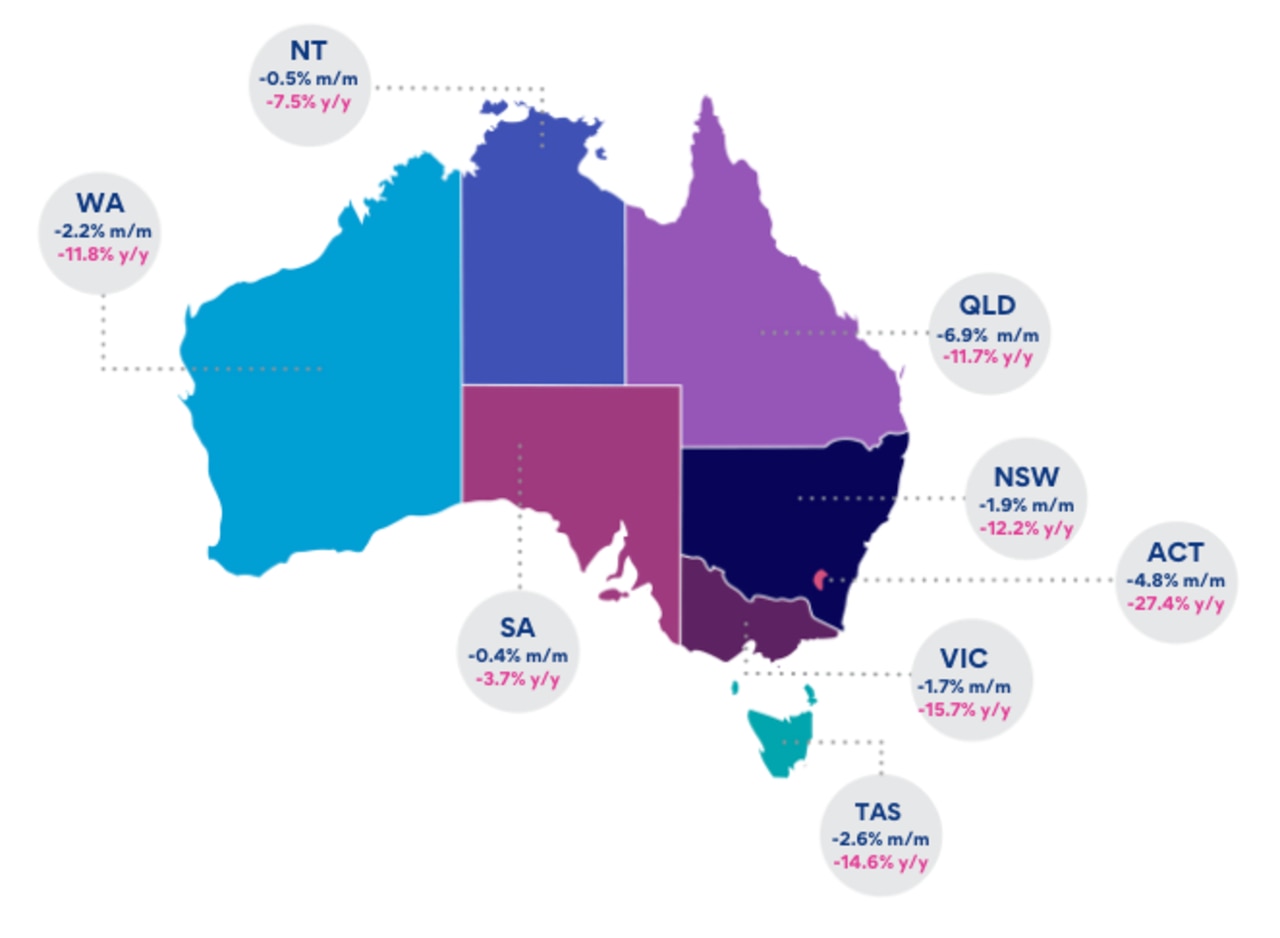Australia is sitting out during a critical minerals arms race, BHP boss Mike Henry says
BHP’s boss warns a gulf has emerged among governments worldwide in how they approach the opportunities around mining.
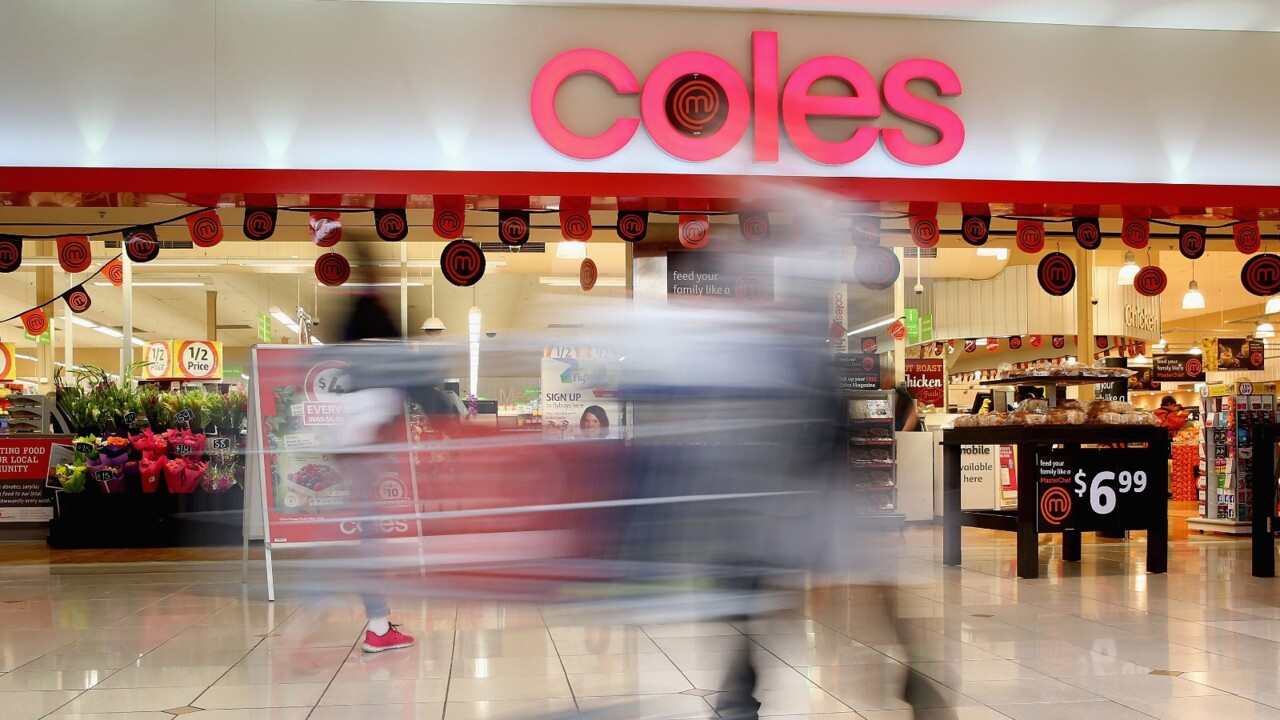
Business
Don't miss out on the headlines from Business. Followed categories will be added to My News.
Over summer while most Australians were settling into the warmish weather, Mike Henry parked himself in freezing Washington DC and downtown New York. It’s a world away from Pilbara iron ore or even the giant copper mines of South Australia but the boss of BHP was on a listening tour around what commodities are likely to shine the most in the future.
He went through Riyadh, Europe and Canada’s big cities, including a stop to appear at Davos, and the conversation kept coming back to the role of critical minerals such as copper and nickel in powering the renewables shift. And some of these commodities form a big part of BHP’s future facing mining mix.
After years of a cool relationship with miners, the US is starting to welcome the industry again, Henry says, with critical minerals positioned at the heart of the Biden Administration’s record $US369bn ($536bn) in spending on climate and energy policies.
Canada too is getting on board on the critical minerals push and opportunities are rising across South America and through Asia.
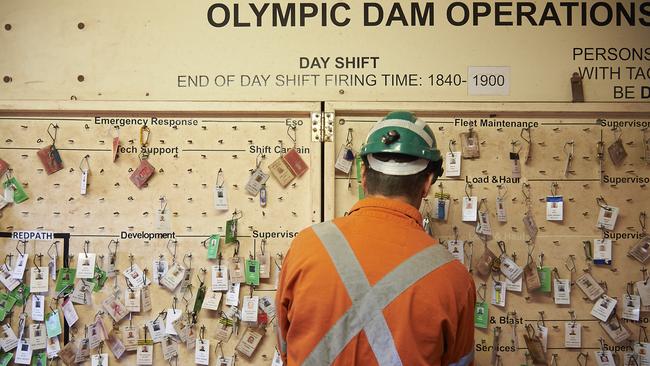
Henry says over the past 18 months a gulf has emerged among governments around the world in how they approach mining. Some are open for talks and pushing incentives at players like BHP to establish processing operations or higher-value projects.
“Countries are recognising that we’re at a point in time now where there’s this amazing opportunity on offer to capitalise on the once in many generations energy transition,” Henry tells The Australian.
“That race will be won or lost by countries in the coming few years, where they are serious about putting in place the policies that attract capital and momentum to build around the resource development and jurisdictions”.
There’s a sense of rising frustration among big miners where some Australian state governments are using the sector to plug a fiscal hole. At the same time the Albanese government has also put in place a distorting price cap on thermal coal. In Chile where BHP has significant copper exposure a new sales tax has been slapped on big miners.
Australia also appears to be sitting out when it comes to attracting critical minerals development even though it is home to the resources. The US Inflation Reduction Act, the program overseeing renewables spending “has improved quite markedly the attractiveness of the US as an investment destination,” Henry says. “It’s also stimulated other countries into the race, and they’re now trying to compete in their own way”.
For now though Henry has a cooling commodity cycle to contend with. The miner’s December half numbers show a sharp pull back in iron ore price from the super cycle of the Covid years is starting to be felt financially while other commodities including copper eased off. Inflation was late to hit mining, but has well and truly arrived in to be running at 12 per cent across BHP.
BHP’s underlying attributable profit fell 28 per cent to $US13.2bn showing the extent of the price drop. The dividend of 90 US cents a share was down from $US1.50 from the first half a year ago.
Unusually, BHP’s debt load jumped from almost nothing to $US6.9bn during the December half to help pay for last year’s final dividend, stoking questions around the miner’s usually reliable cash machine. BHP’s shares limped to a close, falling 0.3 per cent to $48.30.
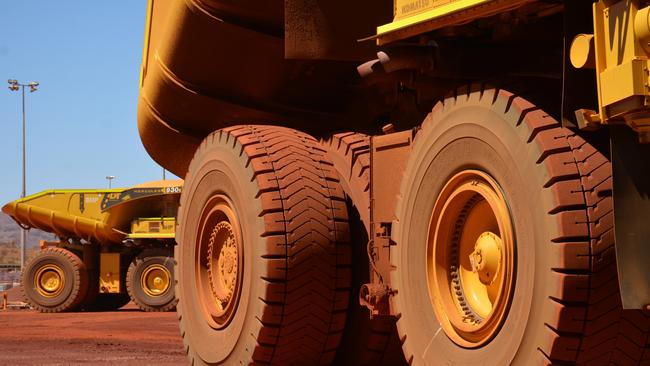
Indeed, an ever-growing list of demands on capital spending is set to put strain on BHP’s ability to spin off cash. Henry is targeting $US7.6bn in capex in the coming year. Henry says the figure is higher than normal as it includes likely spending on Oz Minerals which would have the effect of pushing out some projects. He says all of BHP’s projects are in a race to compete for capital but the spending was aimed at locking in future growth.
Henry is in a hurry on his growth agenda. He is studying options for a brownfield expansion of iron ore to increase capacity to more than 330 million tonnes annually per year. In the meantime smarter use of rail and port operations are set to deliver incremental gains in output.
Elsewhere, the mega-Jansen potash project is underway with first construction expected by the end of 2026. Henry is also preparing BHP for the Oz Minerals copper prize studying a two stage smelter at Olympic Dam that would process additional ore gained from the $9.6bn friendly bid. The scheme booklet linked to the deal is expected to be sent to OZ shareholders early next month.
Positive on China
Despite the headline profit fall, BHP was quick to point out it was still one of the highest first half earnings results of the past decade, adding the demand outlook was improving and some parts of the inflationary pressures were starting to ease.
The BHP boss is becoming more positive on the recovery of China, pointing to clear green shoots which will grow over the rest of this calendar year.
Combined with India, China will provide an even greater “stabilising counterweight” to a slowdown across North America and Europe. However this puts him in contrast with a prevailing view that China’s recovery remains tepid.
Meanwhile, the BHP boss is still fuming about the Queensland government’s coal super profits royalty imposed last year. Henry remains on an investment strike holding back any additional spending in the state while the royalty regime remains.
He said the new tax was part of the reason to put two met coal mines on the block. The mines – Daunia and Blackwater are held jointly with Japan’s Mitsubishi. BHP wants to be an owner of high quality mines but the Queensland decision on royalties represented “ increased risk and lower returns” in a world where BHP has good opportunities to deploy capital elsewhere, Henry says.
Coles’ new era
The rise of Leah Weckert as the next chief executive to take the Coles Group into the next decade follows the former McKinsey principal and chemistry graduate being tested in some of the toughest roles across the $24bn supermarket major.
Weckert was named earlier Tuesday as the replacement for Steven Cain, who is retiring after five years as CEO, having steered Coles through to a stock market listing and then a major test of the Covid-19 pandemic.
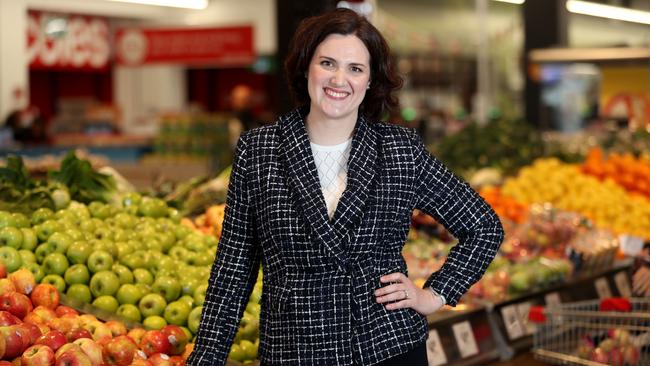
Those who have worked alongside Weckert describe the retailer as razor smart, highly focused, and as someone who is likely to be well-supported internally by Coles’ vast workforce. This was largely through her time as trying to tackle historical underpayments through her time as the supermarket’s HR executive. She has also been tested running Coles’ biggest operation in its home market of Victoria, she has been the chief financial officer and most recently chief commercial officer, a job that put her in charge of day-to-day running of Coles.
The incoming CEO says Coles today is in a good place in the five years since being spun out from former parent Wesfarmers.
“In terms of looking forward to the opportunities. Right now, what I’m really focused on is making sure that the business continues to deliver both for our customers and for our shareholders,” Weckert says.
She plans to use the next few months to get around and talk to as many customers, suppliers and staff as she can. She is also keeping an eye on global supermarket rivals to look for opportunities.
“Retail is one of those industries which has seen enormous change in the last decade and I don’t expect that change momentum will let up … we’re going to need to make sure that we keep pace with that changing environment and the consumer,” she says.
As well as the first female boss of the 109-year-old Coles, Weckert’s appointment marks the fifth female CEO currently running Australia’s top 20 listed companies.
Before joining Coles in 2012 she was a top executive with McKinsey’s practice in Melbourne and before then she was head of strategy for brewing group Foster’s, overseeing some major divestments. At Coles, she also rose through the ranks after two stints on parental leave. She has studied management at Harvard University and studied chemistry and engineering at University of Adelaide.

Anyone who has worked in supermarket management knows just how complicated the industry can get. Intense competition with arch rival Woolworths means margins are wafer thin, while the sheer logistics of running a fresh food supply chain across Australia is in itself a daily challenge. This has been more apparent in recent years with Covid shortages and often crucial transport links are out through flooding and sometimes fire.
There are demands to train and motivate a huge workforce while costs, particularly when it comes to energy, can undermine any efforts made on productivity. And now the digital world is again turning retailing upside down, with customers demanding more personalised service but at a low cost.
The challenge for Weckert is to again find the top line growth for Coles. Accounts delivered on Tuesday show December quarter sales growth came about nearly entirely from inflation, which was running at 7.4 per cent. That suggests that sales volumes went backwards as food costs at the checkout pushed higher.
However, Weckert steps into the role already ahead. She is seen as the architect of the Smarter Selling cost-cutting program launched in 2019 when she was Coles chief financial officer aimed at delivering savings of $1bn over four years. It was this program that provided Coles with a crucial profit buffer as costs started blowing out from 2020 when the pandemic hit and later inflation took hold.
For his part, Cain won’t be around to see two of his transformation projects come on-stream, the construction of two robotic run warehouses in NSW and Queensland and the shift to a fully automated last mile home delivery to smart logistics firm Ocado. Together, the projects are designed to turbocharge Coles’ online offering.
Cain says he is about to turn 60 and the past five years through the stock market listing and then managing through the pandemic felt more like seven or eight. “You have to pull up stumps at some point,” he says.
johnstone@theaustralian.com.au
Originally published as Australia is sitting out during a critical minerals arms race, BHP boss Mike Henry says





